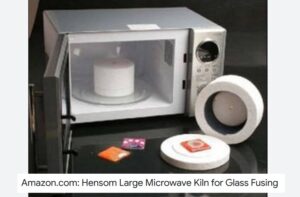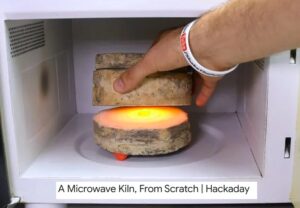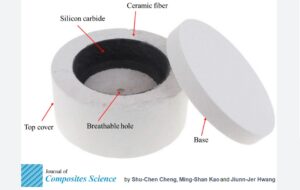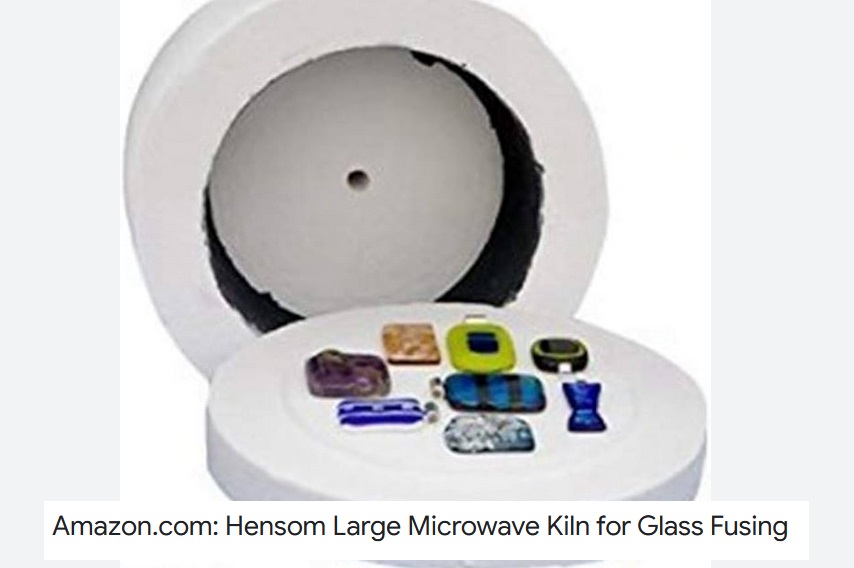


As an experienced ceramic artist, I’m often asked about the capabilities of microwave kilns and the temperatures they can reach. Microwave kilns have become increasingly popular in recent years, offering a convenient and energy-efficient alternative to traditional electric or gas-fired kilns. In this article, I’ll delve into the topic of the highest temperature in a microwave kiln and provide you with the information you need to understand the capabilities of this versatile ceramic-firing tool.
What is a Microwave Kiln?
A microwave kiln is a compact, self-contained ceramic firing unit that utilizes the power of microwaves to heat and sinter ceramic materials. Unlike traditional kilns, which rely on radiant heat or convection, microwave kilns heat the ceramic pieces directly from the inside out, using the interaction between the ceramic material and the microwave energy.
Microwave kilns come in a variety of sizes, ranging from small tabletop models to larger units that can accommodate larger ceramic pieces. They are typically made of high-temperature insulating materials, such as fiber board or refractory ceramics, to contain the microwave energy and maintain the desired temperature.
Using the Microwave Kiln
Using a microwave kiln is a relatively straightforward process. The ceramic pieces to be fired are placed inside the kiln, and the microwave power is then turned on. The microwave energy heats the ceramic material, causing it to undergo the necessary chemical and physical changes to become a durable, finished product.
One of the key advantages of using a microwave kiln is the speed at which it can fire ceramic pieces. Compared to traditional kilns, which can take hours or even days to reach the desired temperature, a microwave kiln can often complete the firing process in a matter of minutes or hours, depending on the size and complexity of the ceramic pieces.
Another benefit of microwave kilns is their energy efficiency. Because the microwave energy heats the ceramic pieces directly, there is less heat loss and a more efficient use of energy compared to traditional kilns, which rely on heating the entire kiln chamber.

Testing your Microwave Kiln
To determine the highest temperature that your microwave kiln can reach, it’s important to conduct thorough testing and experimentation. Here are some steps you can take:
- Calibrate the Kiln: Use a reliable temperature-measuring device, such as a pyrometer or thermocouple, to accurately measure the temperature inside the kiln during the firing process. This will help you understand the true capabilities of your microwave kiln.
- Test with Different Materials: Try firing a variety of ceramic materials, such as stoneware, porcelain, or earthenware, to see how they respond to the microwave energy. Different materials may have different temperature requirements and may reach different maximum temperatures.
- Experiment with Power Settings: Adjust the microwave power settings to find the optimal balance between firing time and temperature. Higher power settings may result in faster firing times, but they may also limit the maximum temperature that can be achieved.
- Monitor Firing Cycles: Carefully observe the firing cycles of your microwave kiln, noting the temperature changes over time. This will help you understand the kiln’s heating and cooling patterns, which can inform your firing strategies.
- Document Your Findings: Keep detailed records of your testing and experimentation, including the materials used, power settings, firing times, and maximum temperatures achieved. This information will be invaluable as you continue to work with your microwave kiln and refine your ceramic-firing techniques.
The Highest Temperature in a Microwave Kiln
The highest temperature that can be achieved in a microwave kiln can vary depending on several factors, including the size and design of the kiln, the power output of the microwave, and the specific ceramic materials being fired.
In general, most microwave kilns are capable of reaching temperatures between 1200°C (2192°F) and 1300°C (2372°F). However, some high-end or specialized microwave kilns may be able to reach even higher temperatures, up to around 1400°C (2552°F).
It’s important to note that the maximum temperature may also be influenced by the specific ceramic materials being fired. Some materials, such as porcelain or high-fire stoneware, may require higher temperatures to achieve the desired results, while others, like earthenware or low-fire clays, may be able to be fired at lower temperatures.
Ultimately, the highest temperature in a microwave kiln will depend on the specific model and the individual user’s experimentation and testing. By following the steps outlined earlier, you can determine the maximum temperature capabilities of your own microwave kiln and optimize your ceramic-firing processes accordingly.If you’re interested in learning more about microwave kilns and how to get the most out of your ceramic-firing experiences, be sure to check out our comprehensive guide on [Using Microwave Kilns for Ceramic Art](https://www.example.com/microwave-kilns-guide). In this guide, we dive deeper into the technical aspects of microwave kilns, provide tips and techniques for successful firings, and offer insights from experienced ceramic artists. Don’t miss out on this valuable resource to take your ceramic art to new heights!